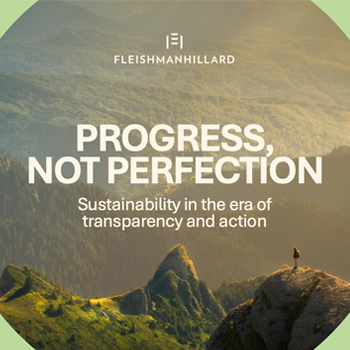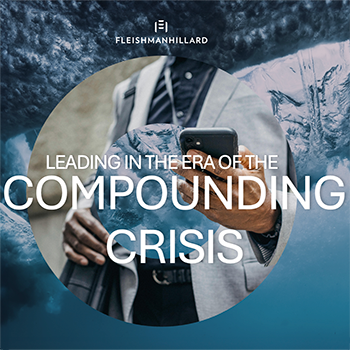Graduate Insight: Why rotation is the best way forward.
Last month, FleishmanHillard moved from its Covent Garden home of more than ten years to Bankside 2, a modern, open-plan space on the South Bank.
In leaving the old office, we bid farewell to a seating plan which had us neatly separated by each practice area, into a new desk layout. A layout that was team agnostic when it came to placement. This new way of seating allowed us to interact more with a fresh set of colleagues and hear about different challenges and successes.
Similarly this is where so much of the value offered by a rotational graduate scheme lies. Across three four-month placements within the agency, graduates have the opportunity to tap into the experience and expertise of three contrasting yet complementary teams – enabling them to build a foundation unique in its breadth and form a widescreen perspective of the agency as a whole.
Indeed, as one of this year’s graduates I found the first two placements far more diverse than expected, from advocacy projects, internal communication programmes, and app development in the Healthcare practice, to an education in media relations strategies and practice with the Technology team.
Perhaps the greatest surprise, however, has been that – even after the diversity of those first eight months – a move to the Creative Strategy (CS) team has still delivered so much new ground to cover.
The CS team consists of both generalists and specialists in several areas, including social strategists, research and analytics experts, plus a top-notch design team. It’s a team which is contributing significantly to the ongoing reinvention of what communications means for clients across all industries.
Whether managing social communities online, developing precisely-targeted digital content, or using analytics to identify which key influencers to engage and how best to reach them, the CS team operates in a space that that was virtually unknown just a decade ago.
Now, however, these capabilities are the key to developing integrated communications programmes across multiple channels and the CS team has plenty to offer both as a stand-alone practice and also to the other industry-specific teams. Equally, the reverse is also true – just imagine having the vision to successfully bring all of this together.
A short while ago, I suggested to the MD Jim Donaldson that the graduate scheme provided such a breadth of experience that I might be in a position to replace him come September. This, it turns out, won’t be the case.
However, no matter in which practice area graduates at FleishmanHillard eventually ply their trade, they will be better equipped to connect the dots across the agency in ways that are invaluable both to their teams and to their careers.
Thomas McCaldon, Graduate Trainee
Find Out More
-
Leading in the era of the compounding crisis
October 2, 2025
-
AI in the Newsroom
August 26, 2025


